Top speed 344 km/h Length 19 m Retired 1943 | Wingspan 25 m Introduced 1940 First flight November 1938 | |
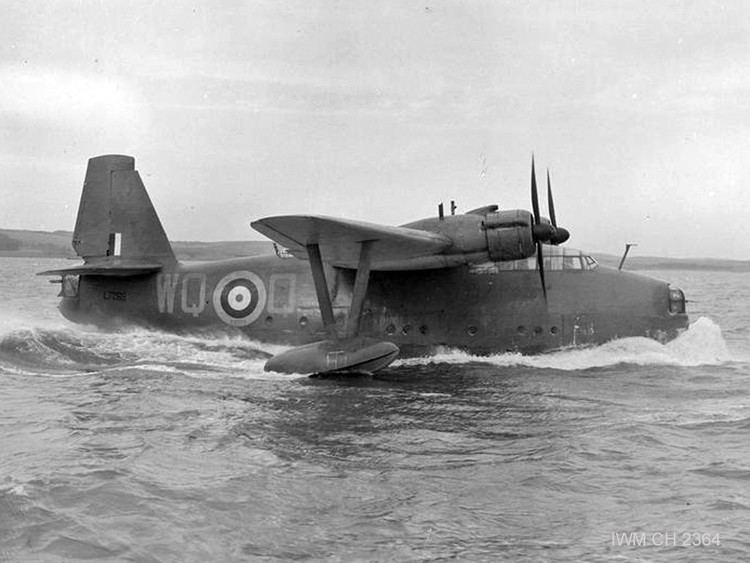 | ||
The Saunders-Roe A.36 Lerwick was a British flying boat built by Saunders-Roe Limited (Saro). It was intended to be used with the Short Sunderland in Royal Air Force Coastal Command but it was a flawed design and only a small number were built. They had a poor service record and a high accident rate; of 21 aircraft, 10 were lost to accidents and one for an unknown reason.
Contents
- Design and development
- Operational history
- Operators
- Specifications Saro Lerwick
- Operational losses
- References
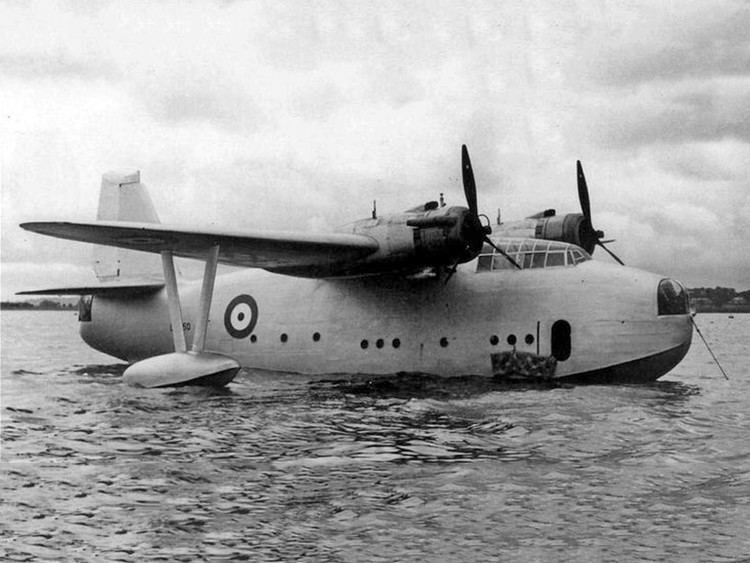
Design and development
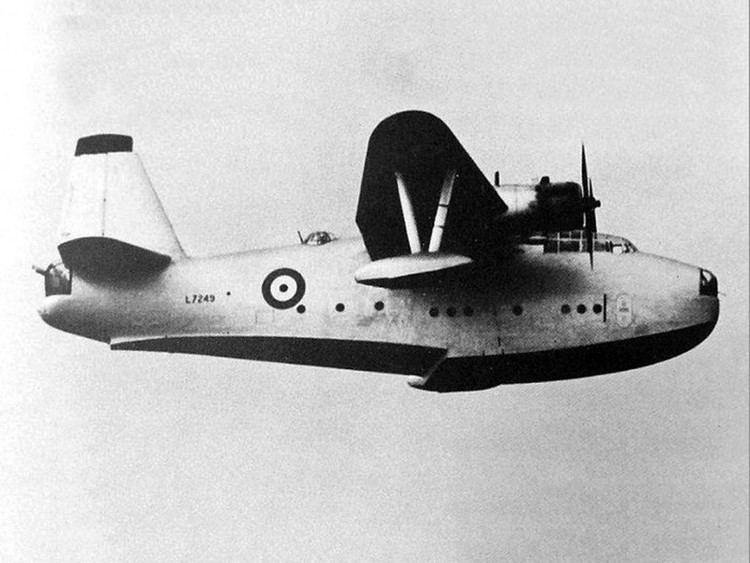
Air Ministry Specification R.1/36 (to meet Operational Requirement 32) was issued in March 1936 to several companies that had experience in building flying boats. The specification was for a medium-range flying boat for anti-submarine, convoy escort and reconnaissance duties to replace the Royal Air Force's biplane flying boats such as the Saro London and Supermarine Stranraer. The specification called for a cruise speed of 230 miles per hour (370 km/h) and a weight of no more than 25,000 pounds (11,000 kg).
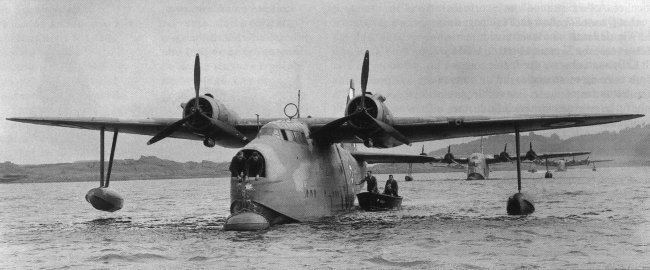
Designs were tendered by Saunders-Roe (S.36), Supermarine (Type 314), Blackburn Aircraft (b. 20) and Shorts. The Blackburn B.20 was a radical design that offered much better performance, by reducing the drag associated with a flying boat hull and so a prototype was ordered to test the concept. Of the other designs the Supermarine was the first choice with Saro and Shorts tied in second place. The Supermarine was ordered "off the drawing board" i. e. without requiring prototypes to be produced and flown first. Supermarine's commitment to the Spitfire meant that work was not expected to start for two years and so the Ministry looked to the other designs. Saunders-Roe had redesigned the S.36 in the meantime—replacing low hull and gull wing with a deep body and high wing—and the Supermarine order was transferred to the S.36. The contract was issued in June 1937 to buy 21 of the S.36, receiving the service name Lerwick (after the town of Lerwick). The aircraft was a compact twin-engined, high-winged monoplane of all-metal construction. The Lerwick was of all-metal construction, with a conventional flying boat hull, a planing bottom and two stabilising floats, carried under the wings on long struts. It was powered by two Bristol Hercules radial engines and initially had twin fins and rudders. For defence, the Lerwick was equipped with three powered gun turrets. The nose turret had a single 0.303 inch Vickers K gun; the other two had 0.303 Browning machine guns, two guns in the Nash & Thomson FN.8 turret in the dorsal position and four in the Nash & Thomson FN4.A turret at the tail. Offensive weapons were a total of 2,000 pounds (910 kg) of bombs or depth charges – four 500-pound (230 kg) or eight 250-pound (110 kg) bombs, or four depth charges, carried in two streamlined nacelles behind the engines, similar to the Martin PBM Mariner.
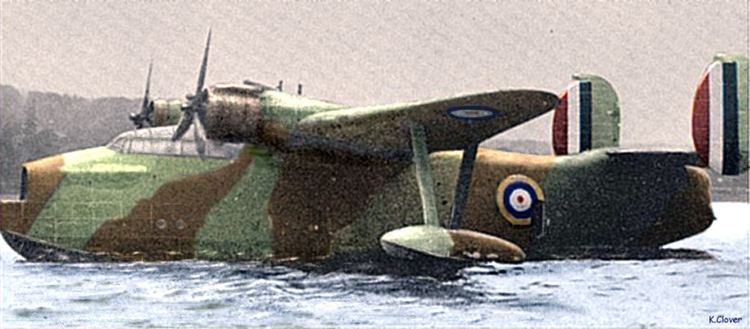
The first three aircraft were used as prototypes, with the first being launched on 31 October 1938, after numerous delays during design and construction. The Lerwick was immediately found to be unstable in the air, on the water and not suited to "hands off" flying. The latter was a major problem in an aircraft designed for long-range patrols. Numerous adjustments, including the addition of a greatly enlarged single fin and an increase in the wing angle of incidence, failed to remedy its undesirable characteristics, which included a vicious stall and unsatisfactory rates of roll and yaw. In service, several aircraft were lost because of wing floats breaking off, suggesting this was a structural weakness. Persistent problems with the hydraulics resulted in bomb doors sometimes dropping open during flight.
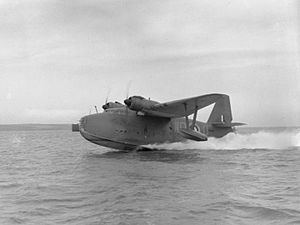
On one engine the Lerwick could not maintain height, nor could it maintain a constant heading, as the controls could not counter the torque of one engine on maximum power. An engine failure would inevitably see the aircraft flying in slowly descending circles. On one occasion, the loss of an engine forced a Lerwick to make an emergency landing in the Caledonian Canal. The aircraft was then towed to Oban at the end of a string of coal barges.
Operational history
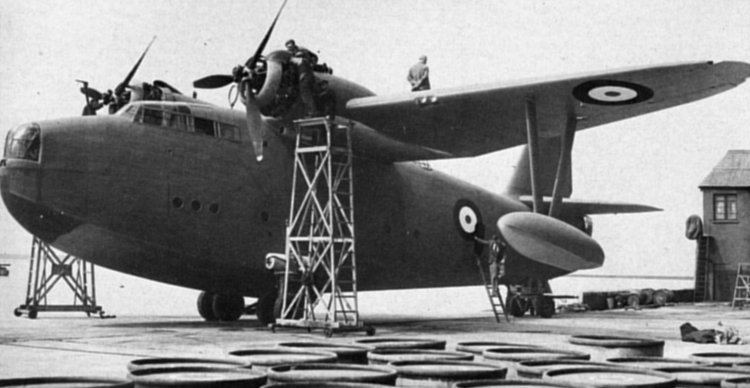
In mid-1939, four Lerwicks were allocated to 240 Squadron. By October, the squadron had stopped flying them and reverted to its older and slower Saro London flying boats. The Lerwick programme was cancelled on the 24 October but restarted on 1 November. In December 1939, Air Vice-Marshal Sholto Douglas recommended that the Lerwicks be scrapped and Saunders-Roe put to building Short Sunderlands but the production change would have taken months and with the start of the Second World War, aircraft were urgently required.
Production continued and the type entered service with 209 Squadron based at Oban in 1940, replacing Short Singapores; the squadron soon began losing aircraft to accidents. During the service with 209 Squadron, all the Lerwicks were grounded twice for urgent safety modifications; on only two occasions were U-boats attacked by a Lerwick and neither submarine was damaged.
In April 1941, 209 Squadron began receiving the US Consolidated Catalina. The last of a total of 21 Lerwicks was delivered in May but the type was withdrawn from front-line service in the same month. Most of the remaining Lerwicks were transferred to Number 4 (Coastal) Operational Training Unit at Invergordon; three were sent to 240 Squadron for service trials at the highly-secret Marine Aircraft Experimental Establishment at Helensburgh.
In mid-1942, the Lerwicks were briefly returned to service, for the purpose of operational training with 422 Squadron and 423 Squadron of the Royal Canadian Air Force, based at Lough Erne. By the end of 1942 the type had been declared obsolete; by early 1943 the survivors had been scrapped.
Operators
Specifications (Saro Lerwick)
Data from Saunders Roe and Saro Aircraft since 1917
General characteristics
Performance
Armament
Operational losses
Eleven of the 21 Lerwicks built were lost or written off during the three years the type saw operational service.
